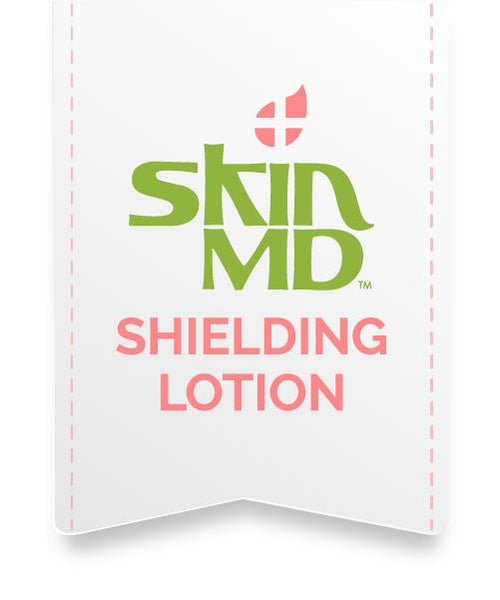Winter is quickly approaching and with this season skin issues seem to rise, especially in areas with extreme cold weather. Most people think that the ones who suffer in this season are the ones who regularly suffer from dry skin but even those with oily skin are not safe from winter’s skin drying wrath. Thankfully, you don’t need to go out and invest in a whole new skin routine. You will just need to make some adjustments to ensure your skin thrives through this season.
Why Is Winter So Harsh on Skin?
With winter, comes cold air. The air literally becomes drier because it holds less moisture. This lack of humidity, means your skin struggles to obtain (and retain) moisture from its surroundings; getting moisture from the environment is actually an essential component for healthy skin.
Don’t be fooled - the dry air is not only outdoors. In winter, most of us crank up the thermostat in our homes to keep toasty. However the air flow created by your home heating system also tends to be very drying to your skin because it also lacks moisture. Being constantly surrounded by all this dry air can cause skin to start feeling itchy, tight and chapped. These are only the first signs that your skin needs some extra attention.
Identifying if You Are Suffering from Dry or Oily Skin
If you are one of those people who seem to have what feels like seasonally oily skin during these colder months, it’s probably because your skin is actually dry. During this time your skin will become tight, flaky, red and sometimes itchy all over. When this happens your skin starts trying to over-produce more of its own natural oils to compensate for the extra dehydration. This can create excess oil, leaving the skin feeling oily - which can cause blemishes. Now even though you may want to go out and grab new toners and cleansers that will help slow this down you may need to actually look into making these adjustments to fight off dry itchy winter skin.
If you are dealing with oily skin in the areas of the T-zone on your face, you probably truly do have oily skin. Your T-zone is the area of your face that has the most secreting oil glands and it is made up of your forehead, nose and chin. When you have oily skin in these areas your pores may be visibly larger as compared to the other areas of your face and this area may also appear extra shiny or greasy looking (this will serve you well when you get older - more oil means less wrinkles).
How to Adjust Your Skin Care Routine to Combat Oily Skin During the Winter Time
Like we said before, during the winter you only need to make adjustments to your skin care routine (not completely change it).
- Cleansing: You can probably stick to your current cleanser if it is a mild cleanser; you don’t want to use anything harsh because it can break down your skin barrier and cause your skin to become dry and irritated.
- Toning: You can swap out your toner for something gentler, like a water based toner or an AHA or BHA acid. These types of products help with oil control but also help with moisture.
- Moisturizing: You will want to stick with something that is non pore clogging, lightweight, and has a balanced water to oil ratio. If you choose anything that is heavy, rich, or oily it can actually clog your pores. If you do need to look for a new moisturizer you can check out how Skin MD works and see if a shielding lotion is the best option for you and your skin.
The Bottom Line
Everyone’s skin is different; there isn’t necessarily a clear wrong or right way to treat it because our skin’s needs may vary from day to day and oily skin will vary from person to person. The best thing you can do is to create a balanced skin care routine, research your products and know that it may take time to see the results you’re looking for.

Comments (0)
Back to Skincare